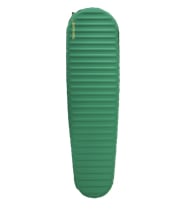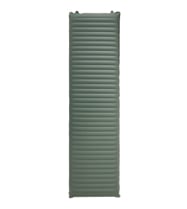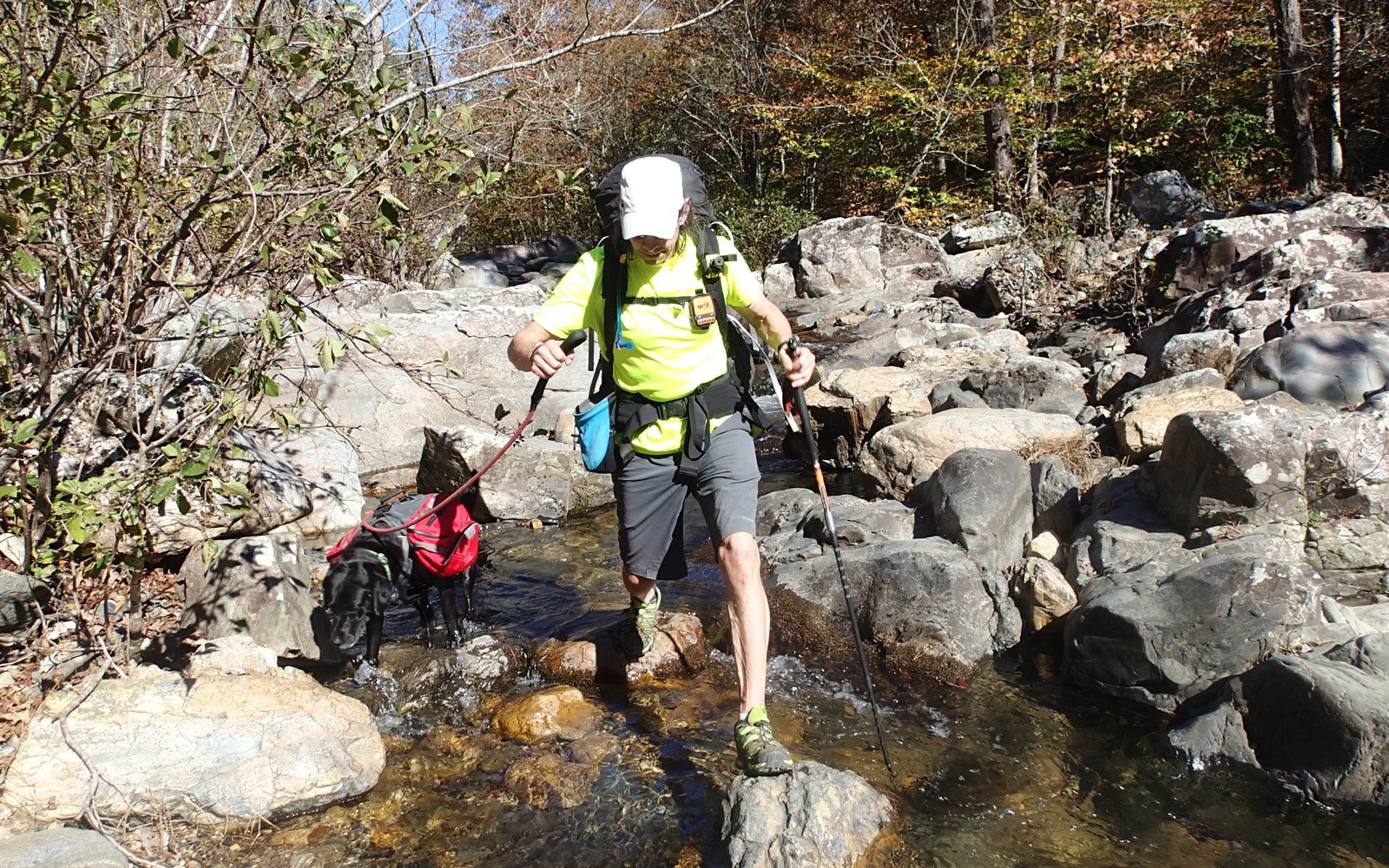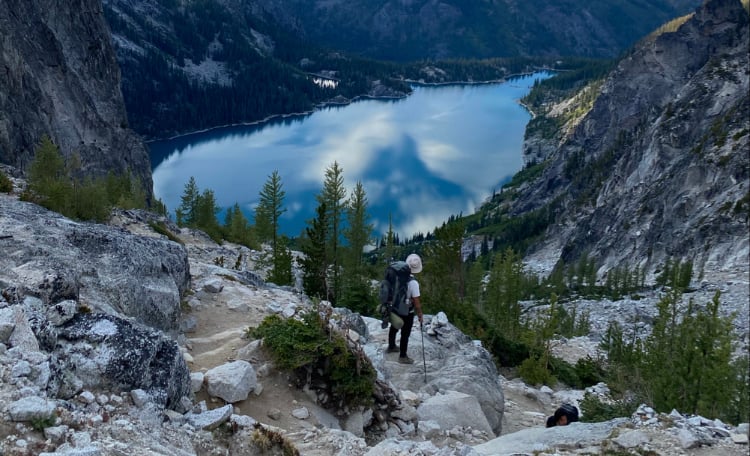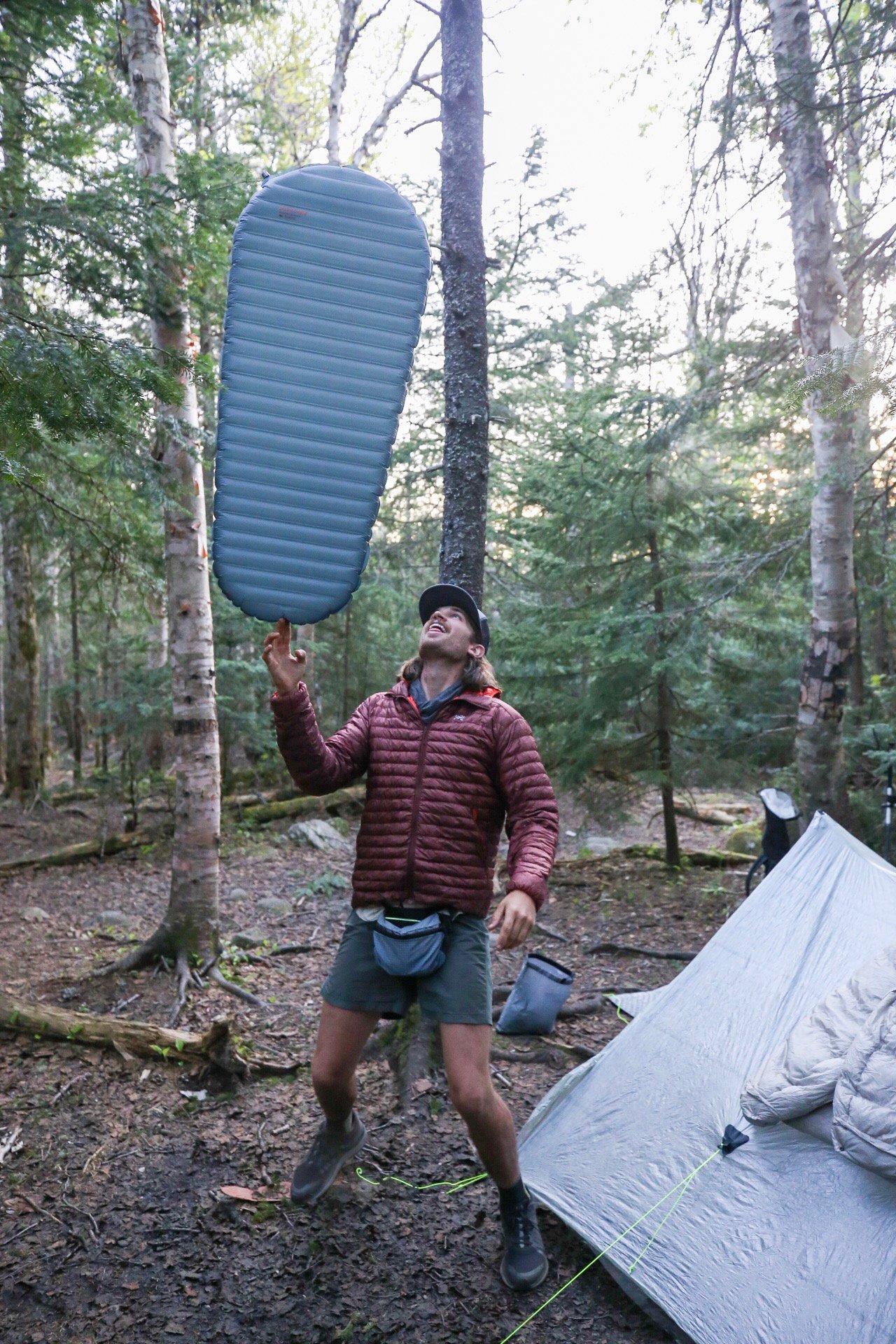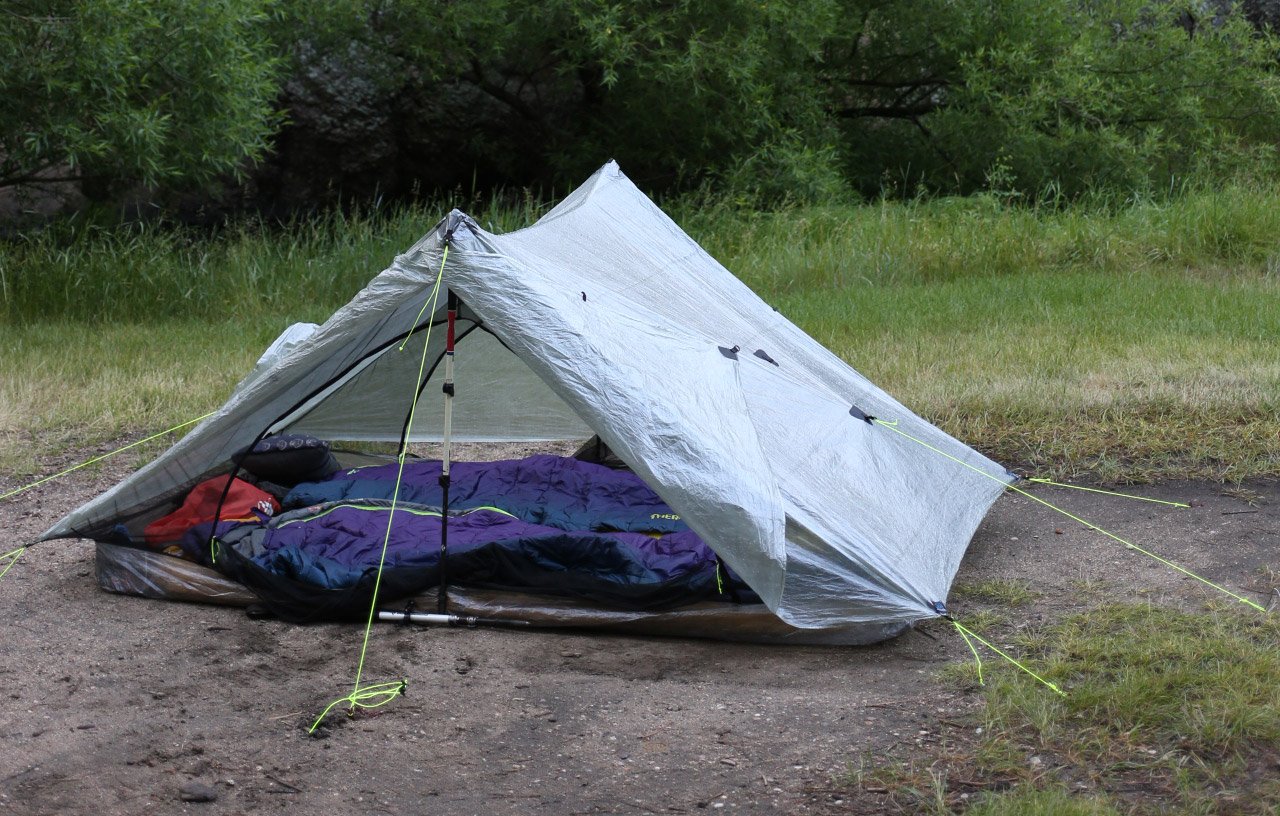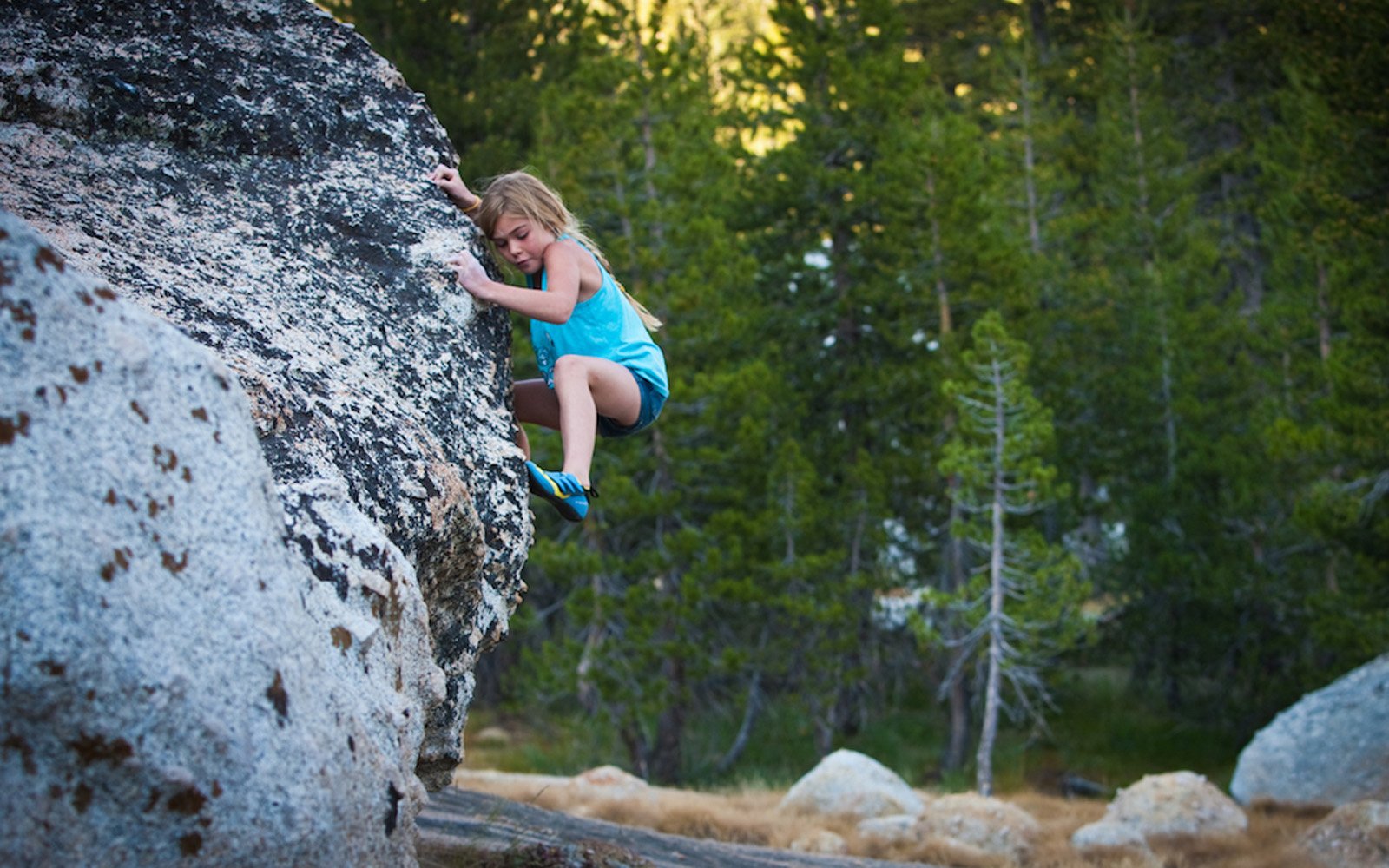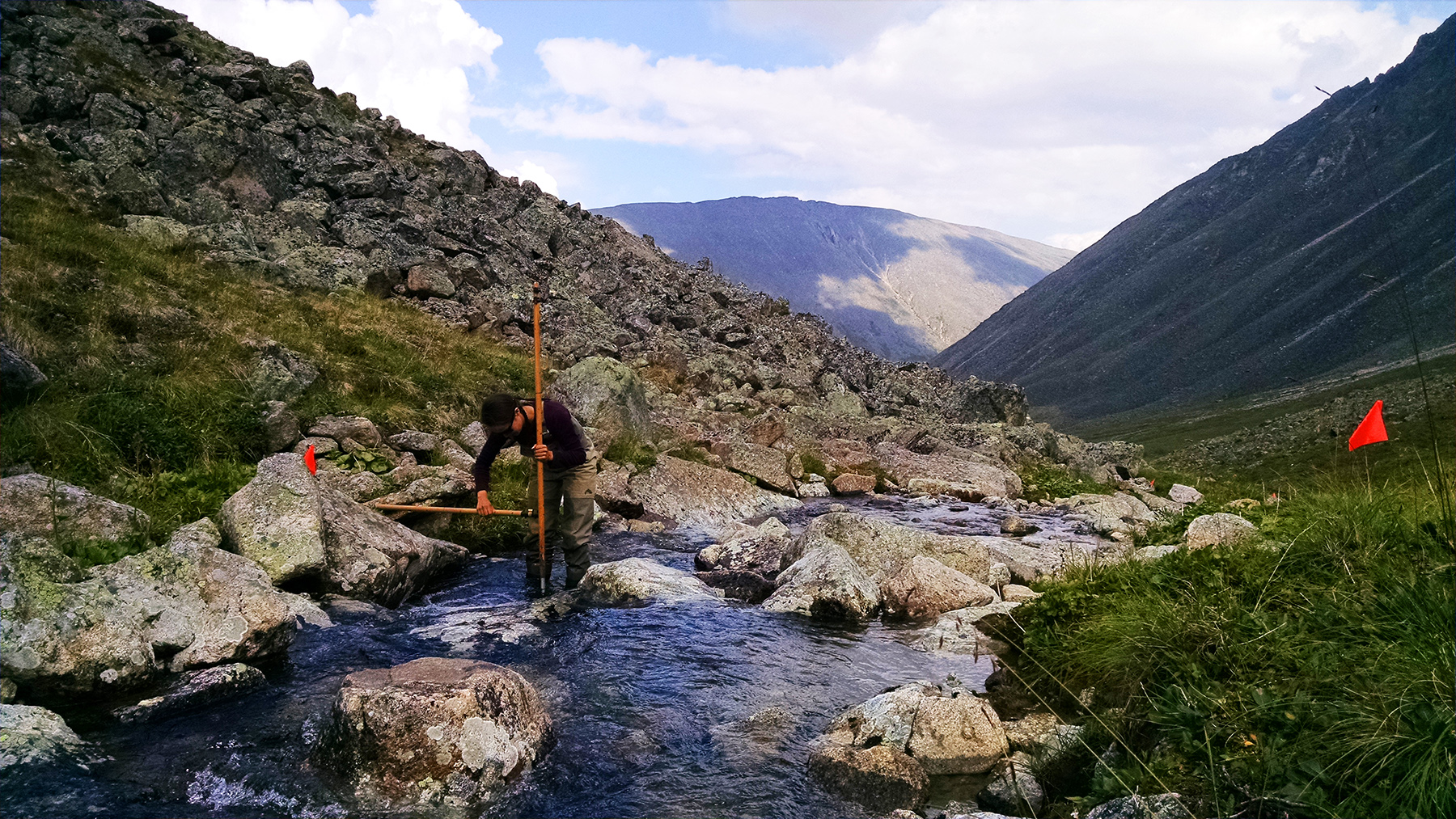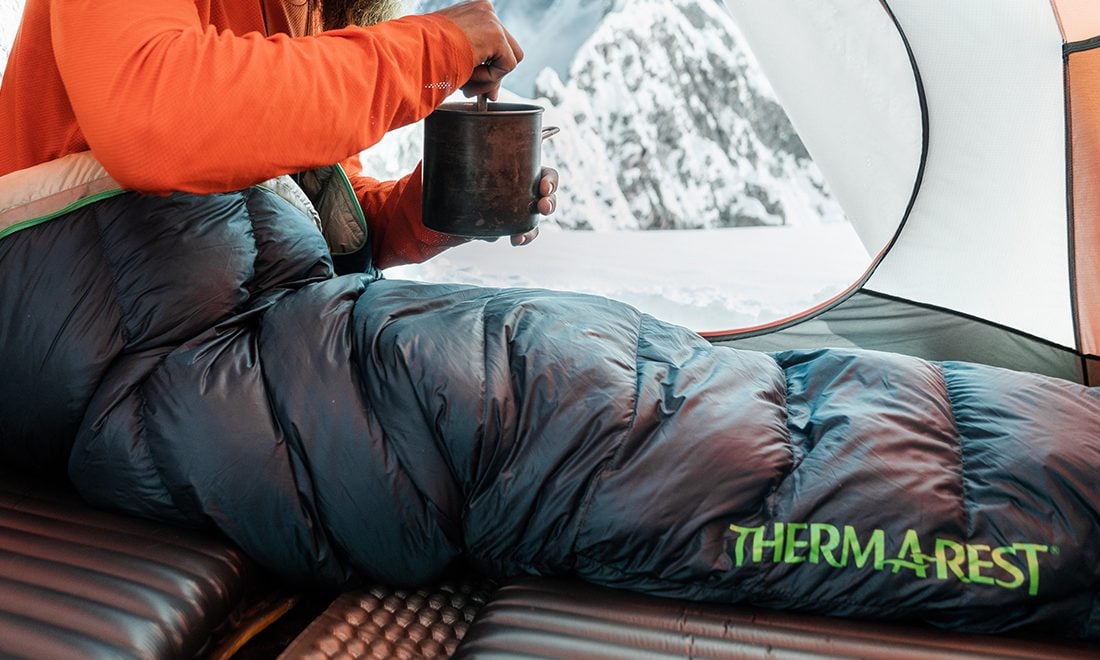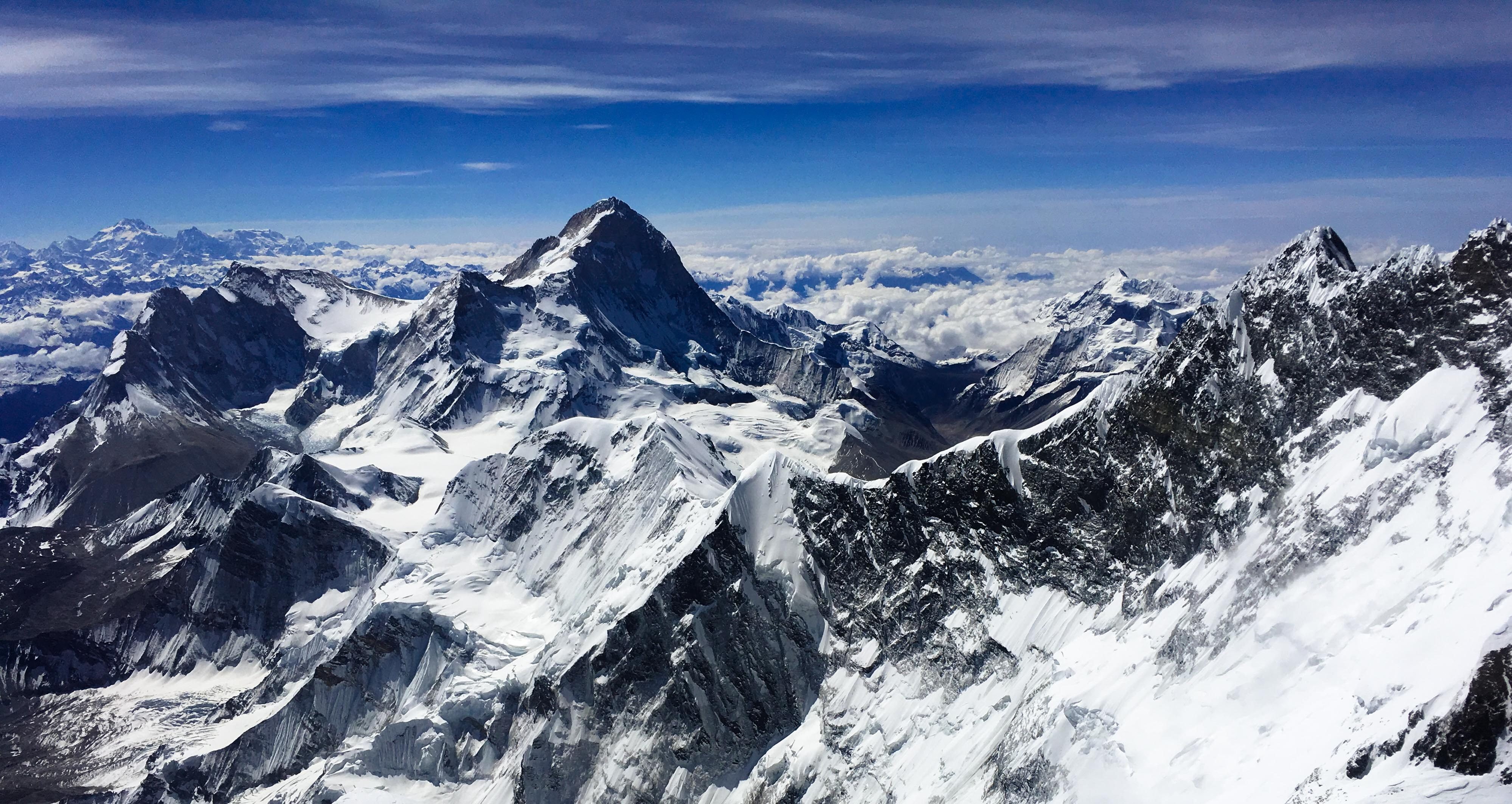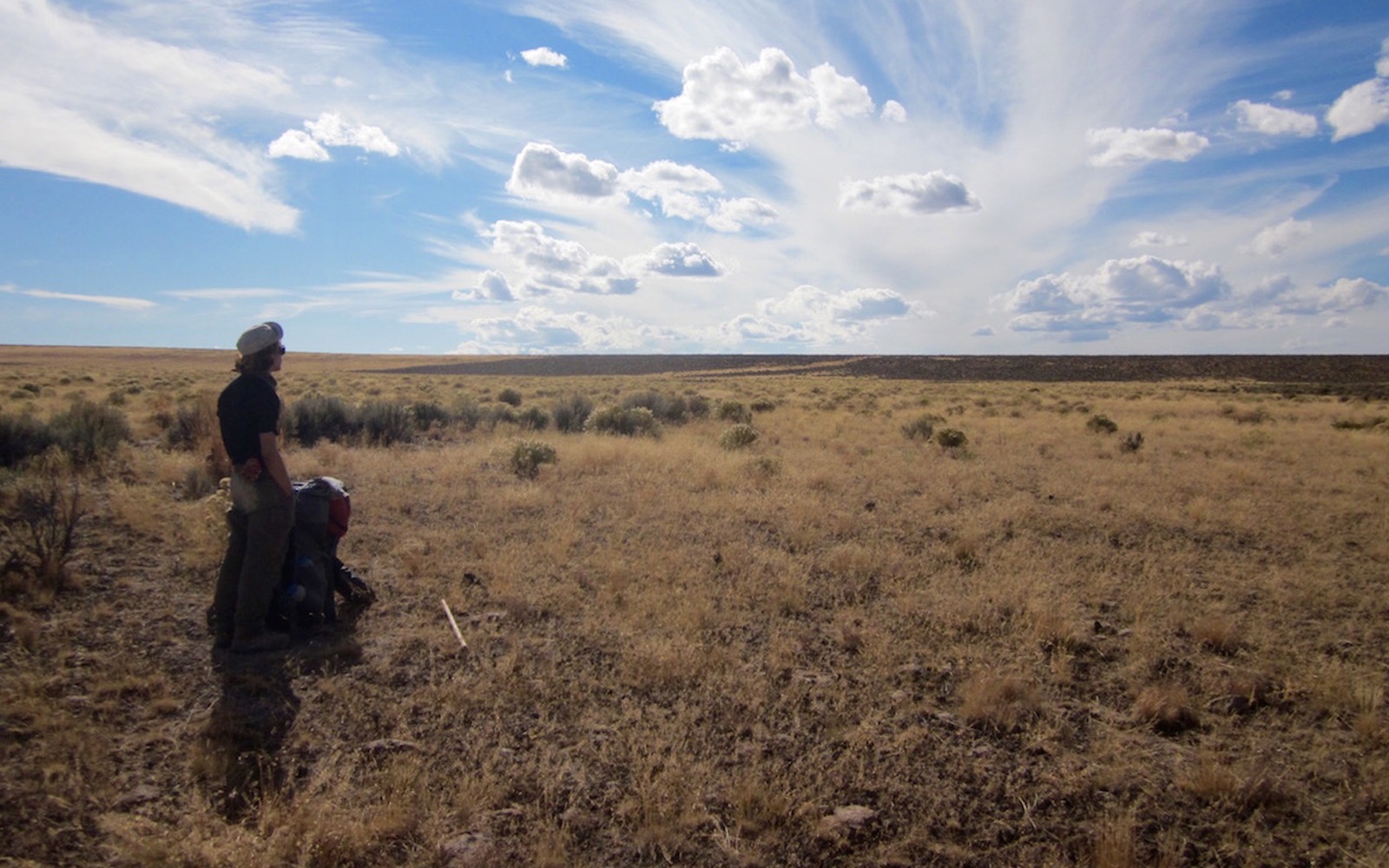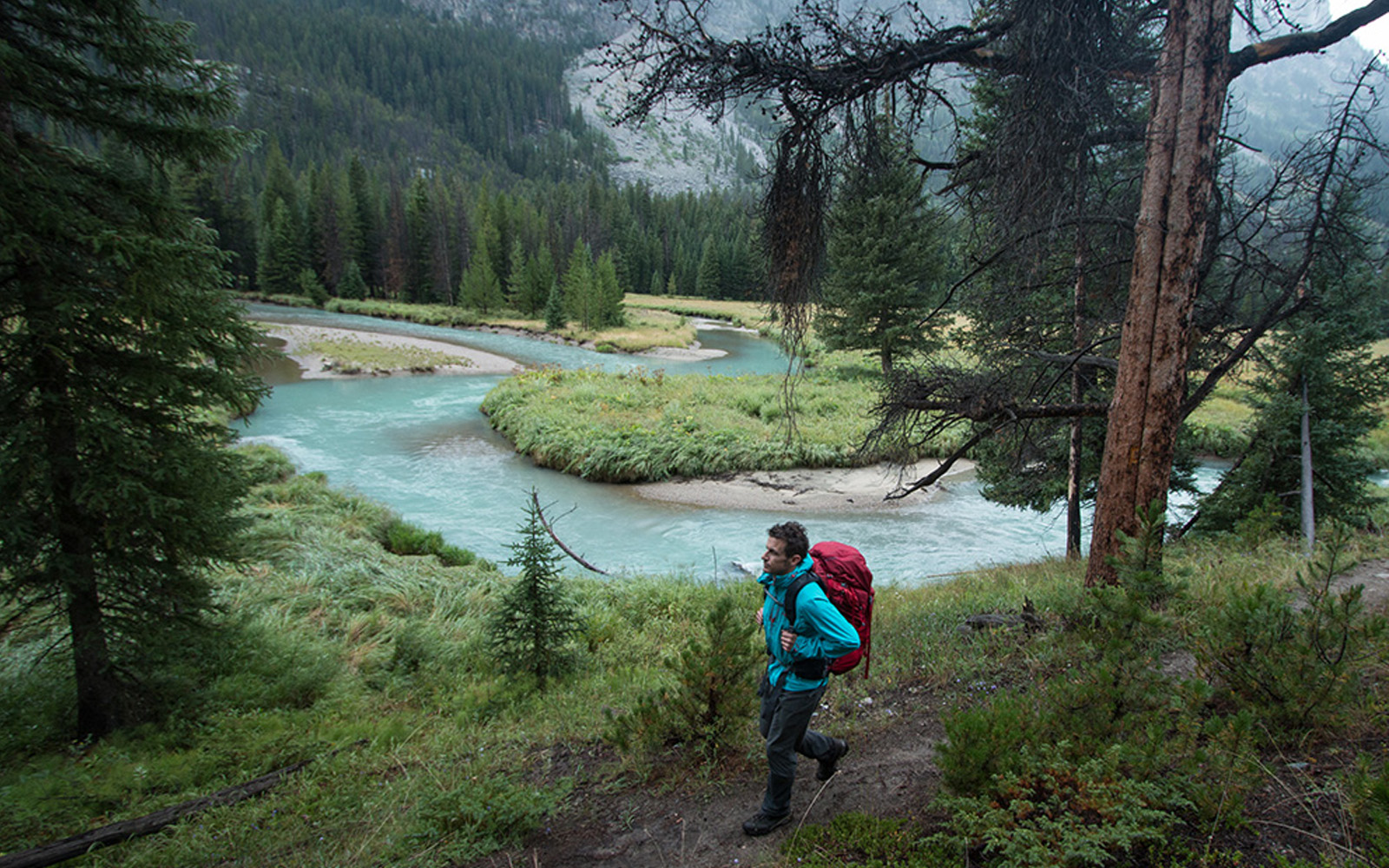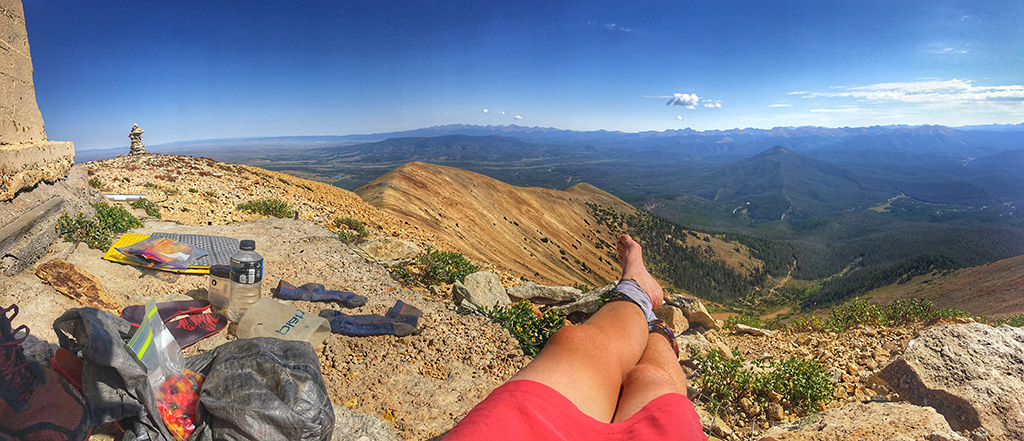There’s no better feeling than packing all the supplies you’ll need for the next few days onto your back, carrying it with you through forests, over mountains and alongside rushing rivers, and camping in an area that’s truly off the beaten path. When you backpack, you adventure to places that normal day-hikers don’t see—finding truly wild places. There’s a lot to go over before you get out on your own, but if you’ve been feeling the itch to try it yourself and think you have the basics covered—here are five not-so-basic backpacking tips to help you make the most out of your first foray into the backcountry.
1. Share The Load
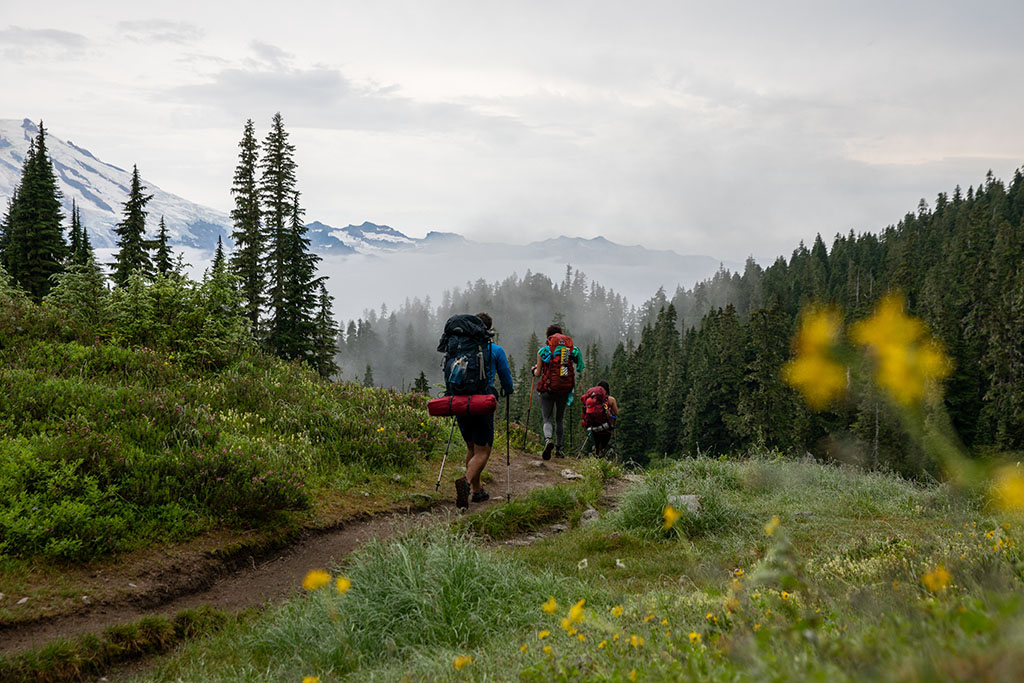
If it’s your first backpacking trip, you should probably be going with a good friend, or at least someone you like and trust. Not only is it safer for both of you, but you can split up the gear load and take a literal weight off of both your shoulders. Plan out ahead of time to share things like: kitchen sets, meals and even water filters and fire starter supplies. Don’t break up things like first aid kits or headlamps though; make sure you each have your own set of essential safety gear.
2. Bring a Fire-Starting Assistant
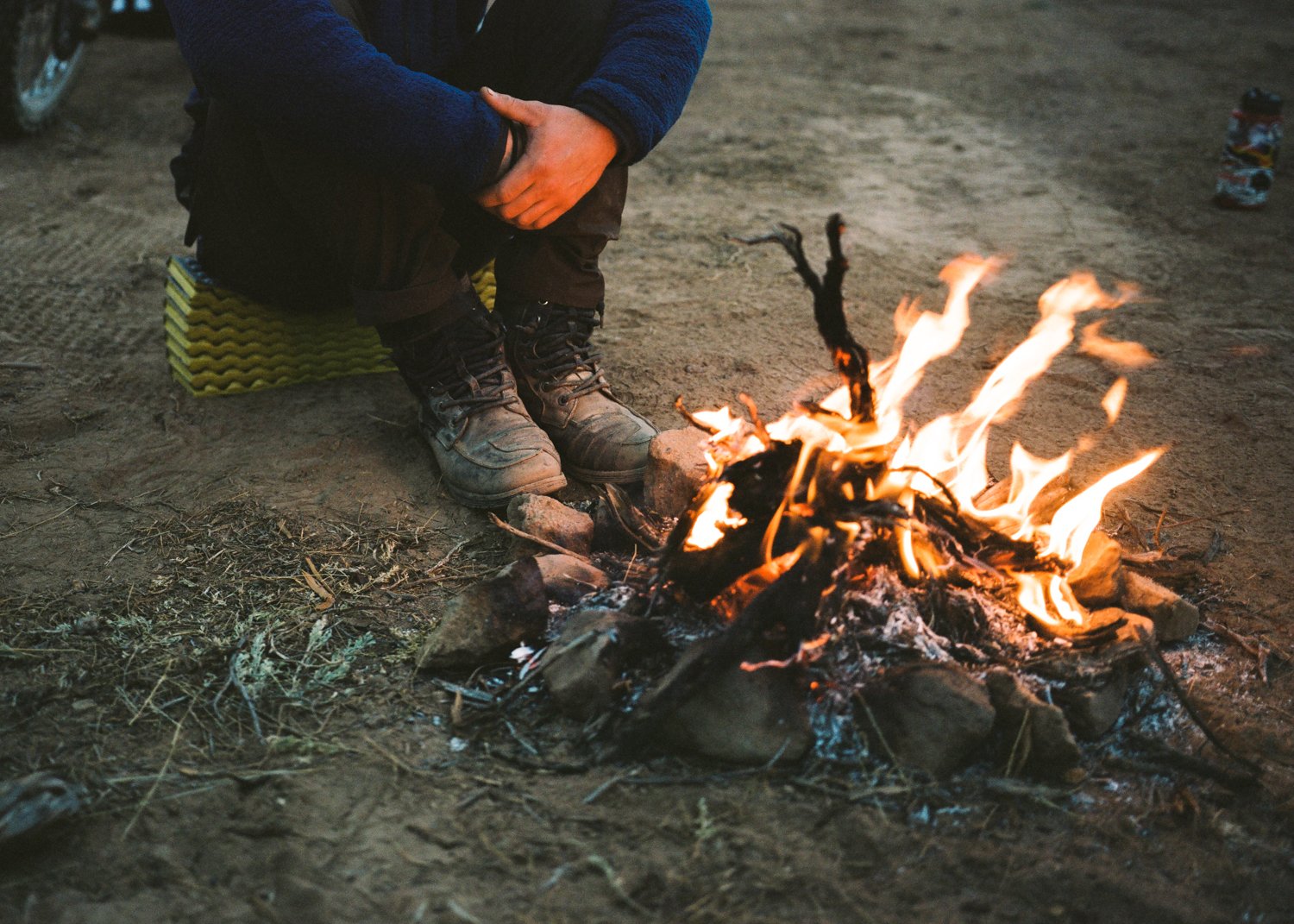
Everyone wants to prove their machismo in the wilderness, but no one wants to be cold and hungry outside. If it’s your first time venturing to camp outside a campground, try picking up something like a fire-starter paste to ensure a warm, cheery blaze at the end of a long day of hiking. Your body hiking group will thank you. (Note- always check if fires are legal in your area. If they are, always abide the Leave No Trace rules of minimizing campfire impacts).
3. Cook “Hobo Dinner” Style
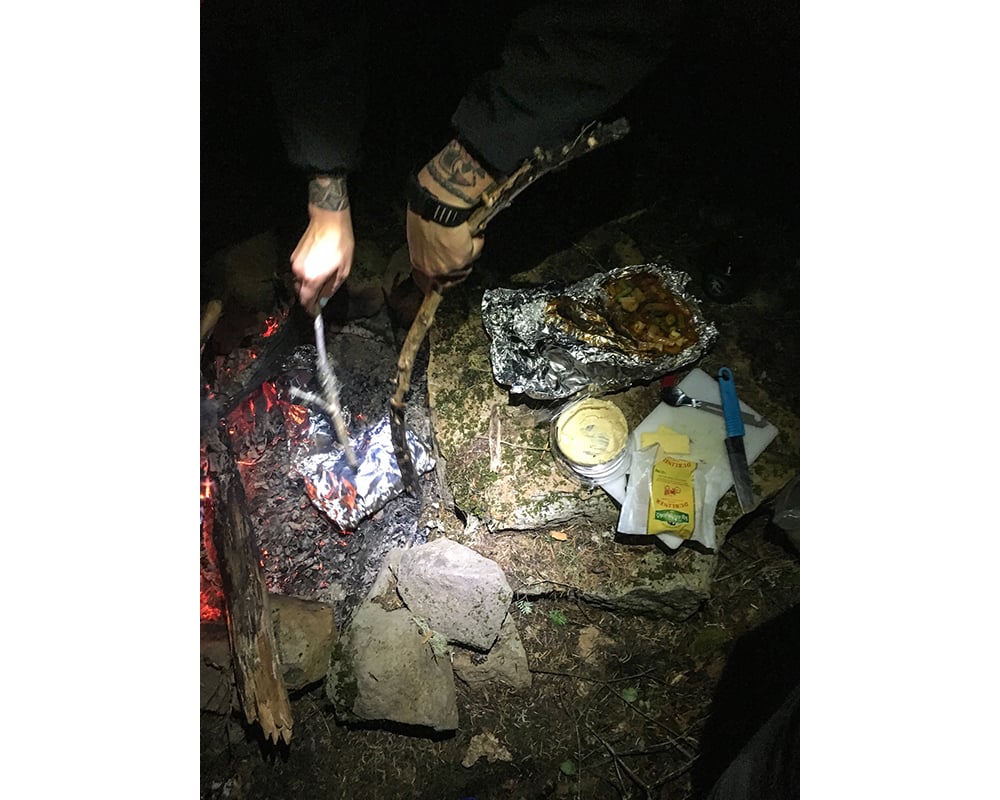
It may not sound immediately enticing, but hobo dinners are a world above and beyond dehydrated campers’ meals. If you’re out on an adventure where you need to watch weight and are packing only the minimum—yes, take those dehydrated meals and make the most of them. But if you’re just going out for a night or two, get together a mixture of firm vegetables, a protein (meat and/or veggie sausages do well, so does smoked salmon) and a single-serving box of soup (tomato bisque works great). Having a backpacking stove that allows for precise heat control is helpful for branching out your backcountry kitchen. In this regard, the MSR DragonFly is the best and has been for years.
Your stove can’t get the job done? Build a tin-foil boat, then load in chopped veggies, the protein and douse with your bisque. Double wrap it all up, toss in the fire for 30 minutes or so and voile. Your friends will think you’re a wilderness master chef. However, this method should be a backup or performed only occasionally. Anybody who has worked with tin-foil knows how easy it rips and scraps fall off. If you do bust out the tin-foil boats, take extreme care to pick up any scraps. Even if that means sifting through the ashes of the fire in the morning.
4. Know Before You Go
As a courtesy to us all—be sure to follow proper wilderness bathroom etiquette. Purchase a Poop Trowel (used for exactly what it’s called) and carry it with you wherever you go. It’s okay to take TP with you in most cases, as long as you follow these guidelines: Hike out a good distance from the trail and from your camp. Dig a hole six inches deep, do your business and then make sure everything finds its way into the hole and cover that stuff up. Maybe even throw a rock on top of it if there’s one nearby for good measure. Get along with your day feeling lighter, happier and better.
5. Bring Sandals
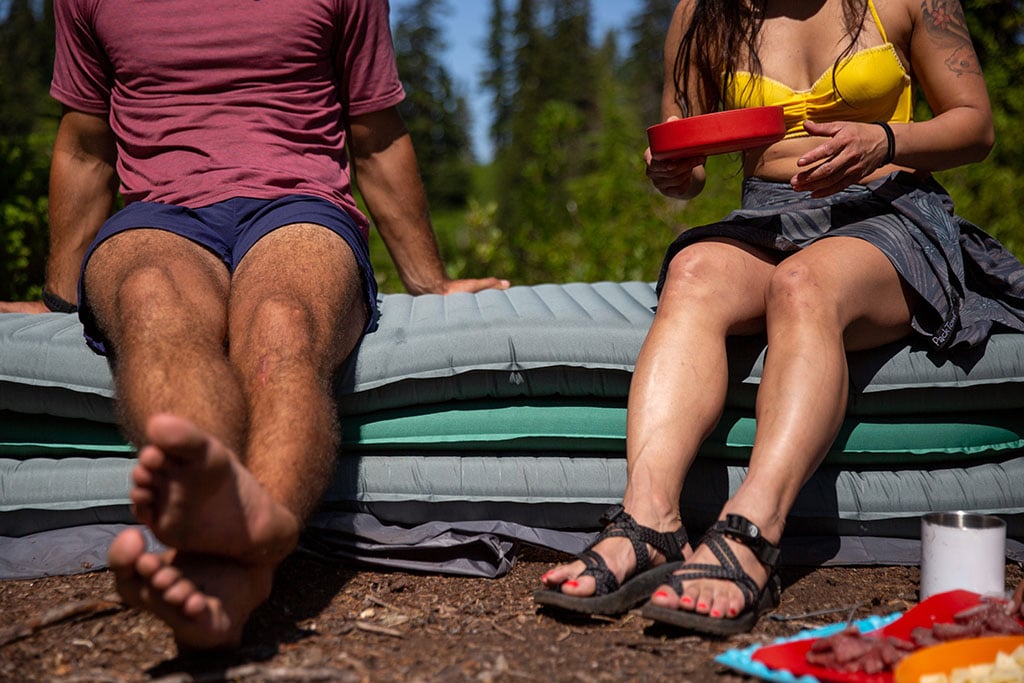
Having a good pair of hiking boots is essential to any long trip, but bring a pair of camp sandals to give your feet a break at the end of the day! Something like Tevas, Chacos or the delightfully lightweight Crocs will give your toes the freedom to stretch and breath after a hard day of hiking, but will stay on your feet as you trudge through underbrush around camp.
The wilderness awaits.


